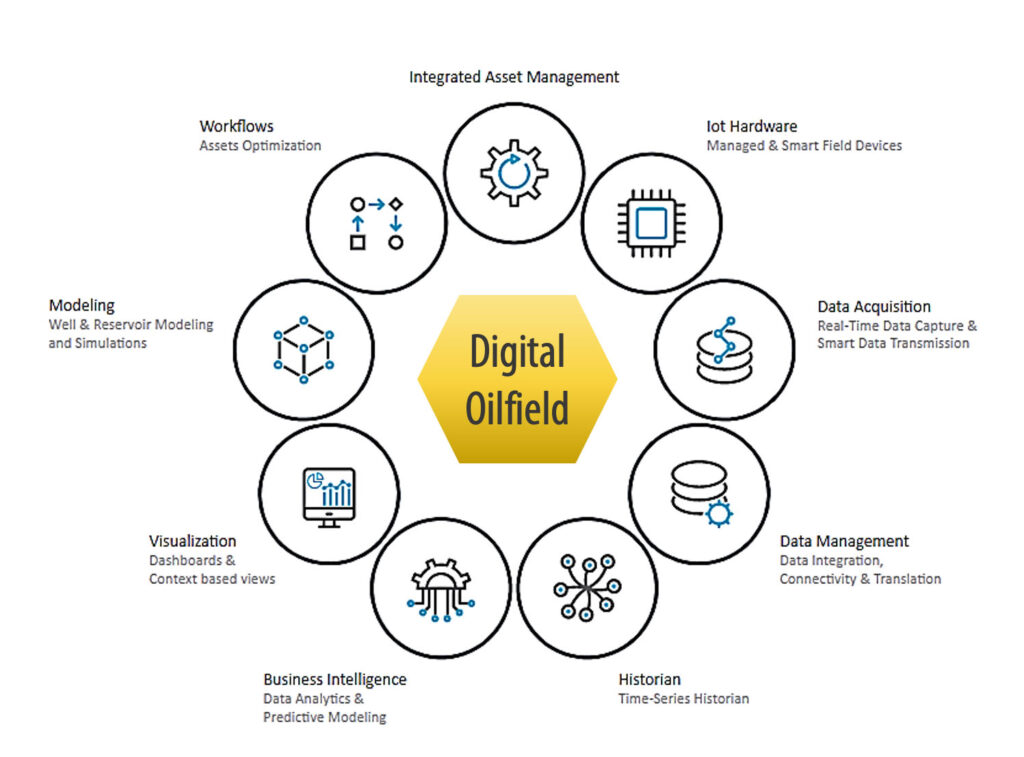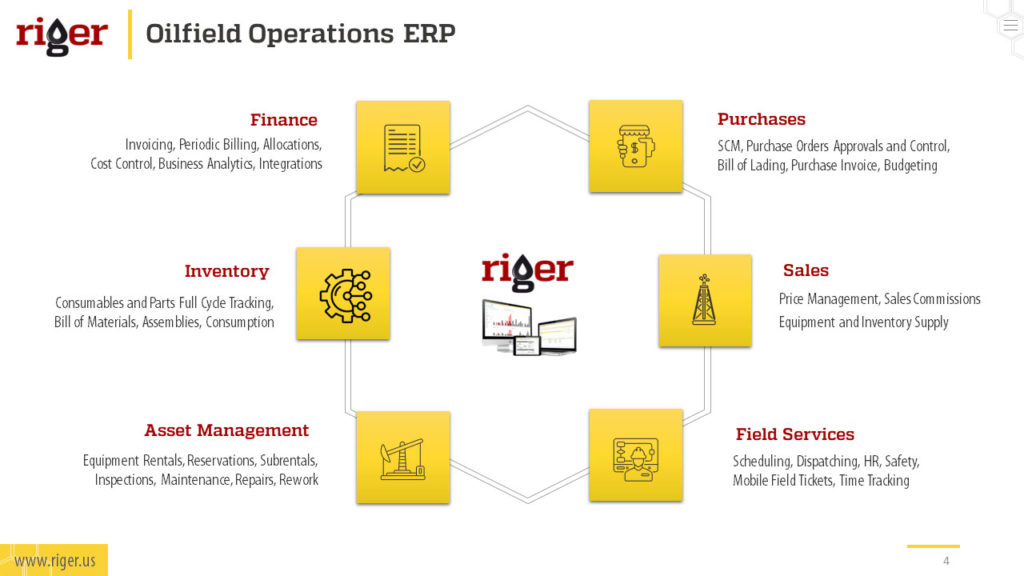In the rapidly evolving landscape of the oil and gas industry, the
implementation of digital oilfield is paramount for companies seeking to drive efficiency, enhance productivity, and remain competitive. However, the journey towards digitalization requires careful planning, strategic investments, and a holistic approach to technology adoption.
Assessing Current Infrastructure and Capabilities
Before embarking on the digitalization journey, companies must conduct a comprehensive assessment of their current infrastructure, capabilities, and digital maturity. This includes evaluating existing technology systems, data management processes, and organizational readiness for change.
Defining Clear Objectives and KPIs
Establishing clear objectives and key performance indicators (KPIs) is essential for guiding the digitalization initiative. Companies should define specific goals such as improving operational efficiency, reducing downtime, enhancing safety, and optimizing production processes. These objectives will serve as benchmarks for measuring the success of the digital oilfield implementation.
Technology Selection and Integration
Selecting the right mix of technologies is crucial for building a robust digital oilfield ecosystem. This includes cloud computing platforms, IoT devices, data analytics tools, artificial intelligence solutions, and more. Companies should carefully evaluate technology vendors, considering factors such as scalability, interoperability, security, and compatibility with existing systems.

